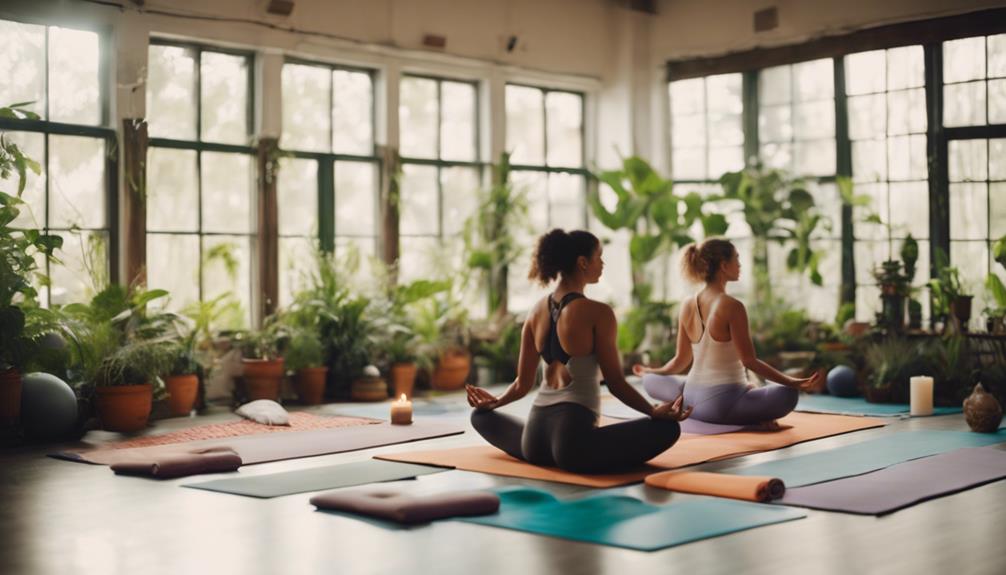Yoga Teacher At Home

In recent years, the demand for yoga instructors has surged, especially with the rise of online classes and home-based practices. If you’re passionate about yoga and are considering sharing your knowledge with others, becoming a yoga teacher at home can be a fulfilling journey. In this guide, we will explore the essential steps to embark on this path, practical tips for teaching, and how to build a successful yoga teaching practice from the comfort of your home.
Understanding the Role of a Yoga Teacher
Before diving into the logistics of teaching, it’s essential to understand the role of a yoga teacher. A yoga teacher is more than just someone who leads classes; they are mentors and guides who help students navigate their yoga journey. As a yoga teacher at home, your responsibilities will include creating a safe and welcoming environment, offering modifications for different skill levels, and providing valuable insights into yoga philosophy. Recognizing the importance of these aspects will help you develop a strong foundation for your teaching practice.
Essential Qualifications to Become a Yoga Teacher
To teach yoga confidently, it’s advisable to undergo formal training. While there are no strict legal requirements, enrolling in a Yoga Alliance accredited teacher training program is highly beneficial. Most programs offer a 200-hour certification, which covers essential topics such as asana alignment, anatomy, and teaching methodologies. This qualification will not only boost your credibility as a yoga teacher at home but also enhance your understanding of the practice. Additionally, consider specializing in a particular style, such as Hatha, Vinyasa, or Yin yoga, to differentiate yourself in the competitive market.
Creating a Dedicated Space for Teaching Yoga
Having a dedicated space for your yoga practice can significantly enhance your teaching experience. Whether it’s a spare room, a corner of your living room, or even your backyard, ensure that the space is quiet, well-lit, and free of distractions. Investing in quality yoga mats, props, and decor can create an inviting atmosphere. Remember, your teaching environment should reflect the calm and tranquility that yoga brings, making it comfortable for your students, whether they are in-person or virtual.
Related Posts:
Developing Your Teaching Style
As you embark on your journey as a yoga teacher at home, it’s crucial to develop your unique teaching style. This involves understanding your voice, the way you communicate, and how you connect with your students. Some teachers prefer a more structured approach, while others adopt a more fluid and intuitive style. Consider your personality and the type of yoga you wish to teach when crafting your style. Experiment with different methods, gather feedback from your students, and be open to evolving your teaching approach over time.
Marketing Yourself as a Yoga Teacher at Home
Marketing is essential for any yoga teacher, especially those starting from home. Begin by establishing a strong online presence through social media platforms, a personal website, or a blog. Share valuable content, such as yoga tips, tutorials, and insights about the practice. Utilize search engine optimization (SEO) techniques to enhance your visibility online. Incorporate keywords such as “yoga teacher at home,” “online yoga classes,” and “home yoga practice” in your content to attract potential students actively searching for yoga instruction. Networking within local communities and yoga groups can also help you gain visibility and attract students.
Utilizing Online Platforms for Virtual Classes
The rise of technology has made it easier than ever to teach yoga remotely. Platforms like Zoom, YouTube, or Instagram Live allow you to connect with students from anywhere in the world. When teaching online, ensure you have a reliable internet connection and a good camera setup for clear visibility. Consider offering various class types, such as live sessions, recorded classes, or one-on-one sessions, to cater to different needs and preferences. This flexibility can increase your appeal as a yoga teacher at home and provide a steady income stream.
Building a Community Around Your Yoga Practice
Creating a sense of community is crucial for any yoga teacher, especially when teaching from home. Establishing a supportive environment fosters loyalty among your students and encourages them to return to your classes. Utilize social media, email newsletters, and online forums to engage with your students regularly. Consider hosting events like yoga challenges, workshops, or retreats to deepen connections and enhance their overall experience. Building a community will not only enrich your teaching practice but also create a network of support for both you and your students.
Continuing Your Education and Growth as a Yoga Teacher
The journey of a yoga teacher never truly ends. To stay relevant and enhance your teaching skills, it’s crucial to invest in your education continuously. Attend workshops, take advanced training courses, and stay updated on the latest trends in yoga and wellness. This ongoing education will not only deepen your knowledge but also inspire your students. As you grow and evolve, your teaching practice will reflect your journey, making you a more effective and compassionate yoga teacher at home.
In conclusion, becoming a yoga teacher at home is a rewarding endeavor that allows you to share your passion for yoga while fostering a supportive community. By understanding the role, obtaining the right qualifications, creating a dedicated space, developing your teaching style, and marketing effectively, you can build a successful yoga practice from home. Embrace continuous learning and community engagement, and you will thrive as a yoga teacher, inspiring countless others on their yoga journey.How Much Does 200 Hour Yoga Teacher Training CostYin Yoga